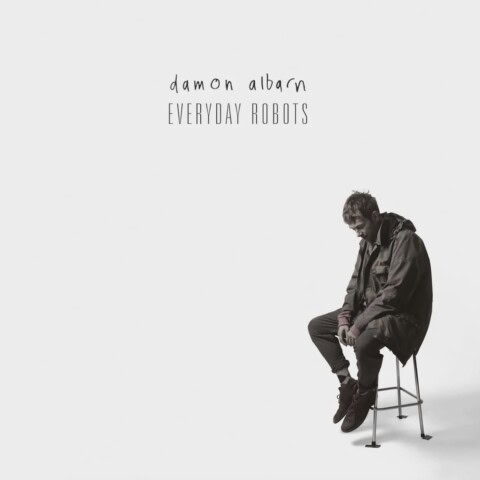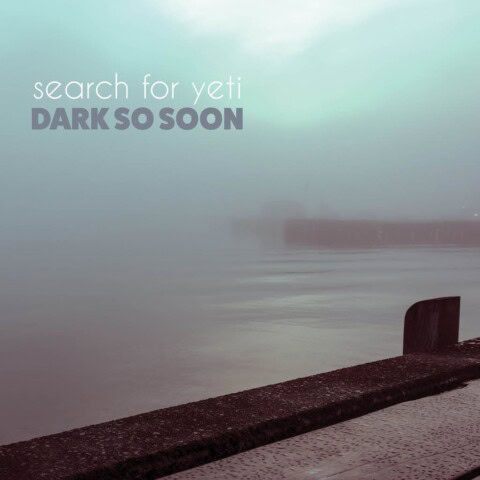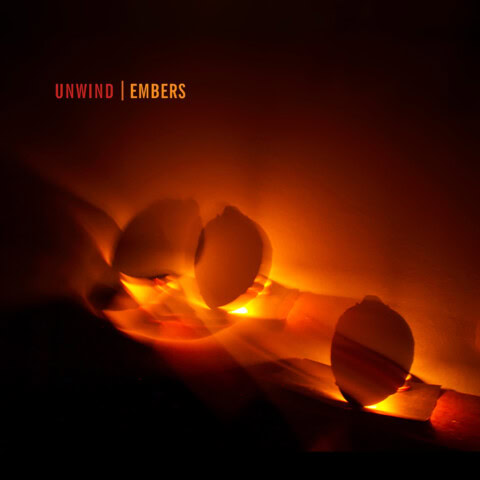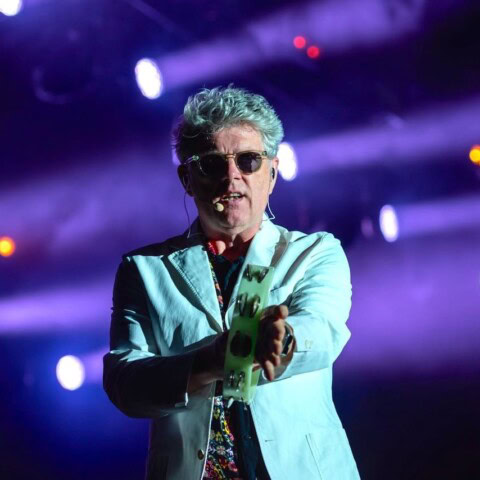Summary
Justin DeHart – Towards Midnight: New Zealand Percussion Vol 2 (Rattle)
Six diverse percussion compositions performed by virtuosic musician Justin DeHart challenge common notions about the most primal of instruments.
 As much as I adore the Rattle label and respect its owner/curator Steve Garden for both his resilience and good taste, I can’t help but think that the presentation of this album could have been a bit more rock and roll. The title is such a mouthful that perhaps only a small elite who are already students of compositions written especially for percussion will engage with its sporadically fantastic contents.
As much as I adore the Rattle label and respect its owner/curator Steve Garden for both his resilience and good taste, I can’t help but think that the presentation of this album could have been a bit more rock and roll. The title is such a mouthful that perhaps only a small elite who are already students of compositions written especially for percussion will engage with its sporadically fantastic contents.
But perhaps I’m being silly. Its cover art is attractive in a very 1960s fashion and perhaps those who are meant to be drawn to the project will find their own way to it in time. It’s just that Towards Midnight is not only worthy but a lot of fun as well, and there are sonic thrills contained within, so it would be a shame if it only got heard by academics.
What we have here are six wildly different pieces by New Zealand composers, all of them performed by Justin DeHart, an American performer with heaps of experience in both the classical and pop domains. He’s even played with rock band Cheap Trick and guitarist Stewart Copeland (formerly of The Police). He’s even been Grammy-nominated, which means nothing to me but might get some of you a little hot’n’sweaty.

Listening to the pieces by Gareth Farr, John Psathas, Phil Dadson, Antonia Barnett McIntosh and James Gardner, it’s impossible not to develop huge admiration for DeHart, who focuses so sharply on the demands of the raw material that he loses himself and becomes the work. Okay, so what I’m trying to get across here is that he sounds and plays like a completely different percussionist on every piece. Some of that is down to the specific percussion instruments being utilized, some down to the vastly different compositional strategies, but a lot of it is that DeHart gets so deep into the works (balls and all, as someone less sophisticated than myself might say) that it’s hard to believe he’s the performer on each of the six tracks.
The show gets on the road with an explosive 16-minute piece by Gareth Farr that’s right down my street. ‘Macet’ is inspired by Balinese gamelan music and the name translates as traffic jam, which gives an idea of the busy dynamism at work. ‘Construction Site’ was its working title and that works better for me because it really does sound like multiple players going apeshit on the kind of kit that Terry Bozzio could only dream of. In fact, as the accompanying notes explain, Farr provided an electronic backing track with which DeHart could interact. The result is an epic track that isn’t so far removed from the kind of drum solos that formed part of gargantuan conceptual conceits on albums by the likes of Yes or Emerson Lake & Palmer. Farr might not be down with this comparison but I mean it as a compliment. I loved it.

Next comes a two-part meditation on war and tyrants by John Psathas, ‘Infinite Mind: Terminal’ and ‘Infinite Mind: Noam’, both of which feature dire warnings from the ever-wise nonagenarian Noam Chomsky. It’s somehow soothing listening to hear Chomsky’s craggy voice even as he talks about attacks on freedom of speech, Trumpism and the threat of nuclear annihilation. The first part is backed by almost new age-style keyboards, while the second is more musically interesting with fragments of cartoon voices behind the xylophones and “warning” mode keys.

Phil Dadson’s ‘Korero Kohatu – A Conversation With Stones’ is vastly different from anything else on Towards Midnight because it’s practically an audio verité exposition that reflects its title over nearly 20 minutes of stones and shells moving, grinding, clacking, whacking and cracking into each other, as well as running water and what sounds like a singular gong. Dadson’s contribution to the firmament of experimental music in Aotearoa is incalculable but personally I’ve always found his original and instantly identifiable sound art is better suited to live performances, and nothing about this changes my mind. Having said that, fans of field recordings and associated arts are sure to enjoy this.
‘To Conduct Them To’ is an eight-minute piece by Antonia Barnett McIntosh, in which the “interpreter is asked to follow a text score, a timeline with multiple lines of activity made up of task or action-based instructions.” Seemingly giving the performer endless latitude for interpretation, I couldn’t help wondering whether the piece if performed separately by five different musicians would share any notable similarities. There’s so much here that feels indeterminate: so much space, some bell-type sounds, silence, what sounds like wood clanking and other objects. I found it a bit so-so.
And now for the grand finale and the longest piece, ‘Traps’ by Titirangi-based composer James Gardner at a mere 21 minutes and 51 seconds. How do I even begin trying to explain a piece I have no idea how to describe?
In his liners, Gardner writes that, “When writing ‘Traps’, I bore in mind Justin’s air of calm, quiet authority and composure during performances while also allowing occasional outbursts of ‘indiscipline’ to erupt”, and that’s exactly what we get in the finished item. Gardner also writes that his starting point was “the drum set itself and the patterns that four limbs could trace on it”, acknowledging the inevitability of jazz and rock connotations and a certain leakage from those traditions by osmosis. Going by his social media postings I would say that he’s very familiar with the more complex and interesting byways of jazz and rock fusion, although to my ears those aren’t obvious influences in this piece.
But oh my, what an exquisite composition/performance thereof. Listening to ‘Traps’ is like taking in a musical TED talk by a good friend whose intelligence and unexpected deviations from the norm and exquisite nuanced speech-rhythm you find intensely stimulating. It’s a long piece, of course, and it has the odour of dots on paper about it but, perhaps unknown to the composer, those rock influences are still somehow embedded in the piece, in a good way, peripherally but not unimportantly.

DeHart performs the piece on a modified kit that you could swear he’s been playing all his life, such is the way he slithers all over the place with great exactitude, precision, great ease and perfect accent. It’s enormously subtle but sonically pleasing and dynamic in its own way and – dare I say it? – entertaining. You can really hear how Gardner has forensically burrowed down into the mechanics of the instrument to create his marvellous piece, and DeHart’s performance of it does it proud.
All I can say to finish off is: LET THERE BE DRUMS!
https://rattle.co.nz/catalogue/releases/towards-midnight
+ Note: Yes, I know this album came out in August but hey, better late than never.















